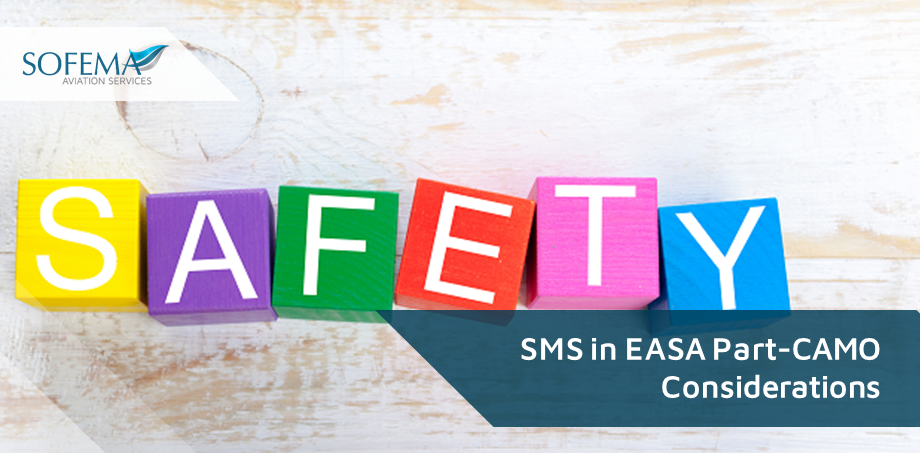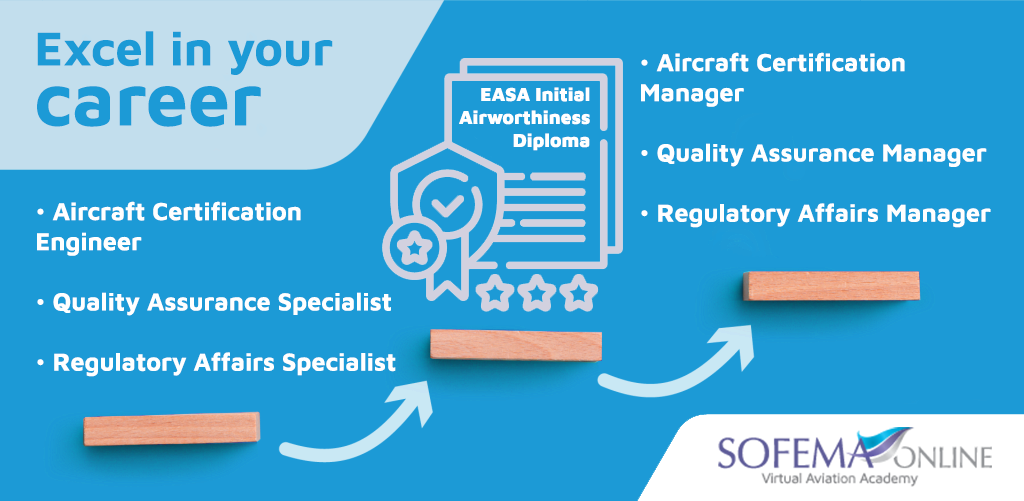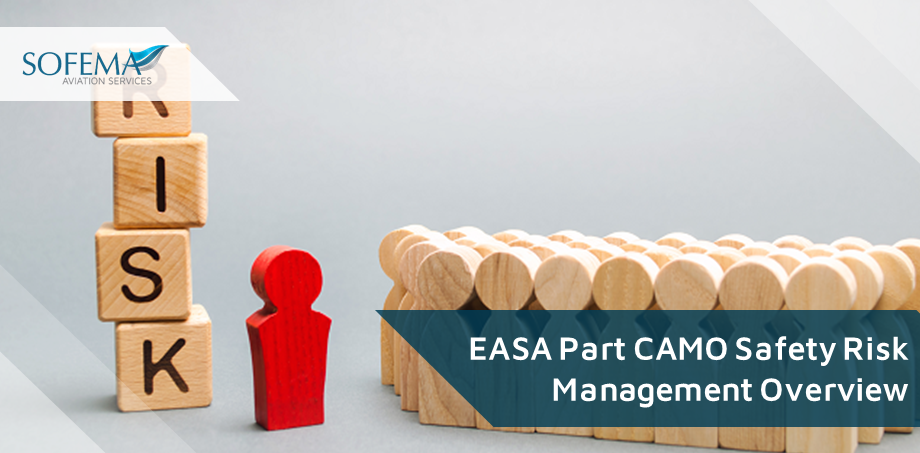Introduction of SMS in EASA Part-CAMO Considerations
read more
Sofema Aviation Services considers the drivers for SMS in EASA Part-CAMO within a CAMO Organisation. What is Part-CAMO Part-CAMO provides requirements for Continuing Airworthiness Management Organisation (CAMO): compared with Part-M Subpart G organisation, the main difference is the introduction of SMS principles. Note 1 – Part-M Subpart G organisation may continue their activities with the…






